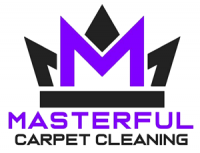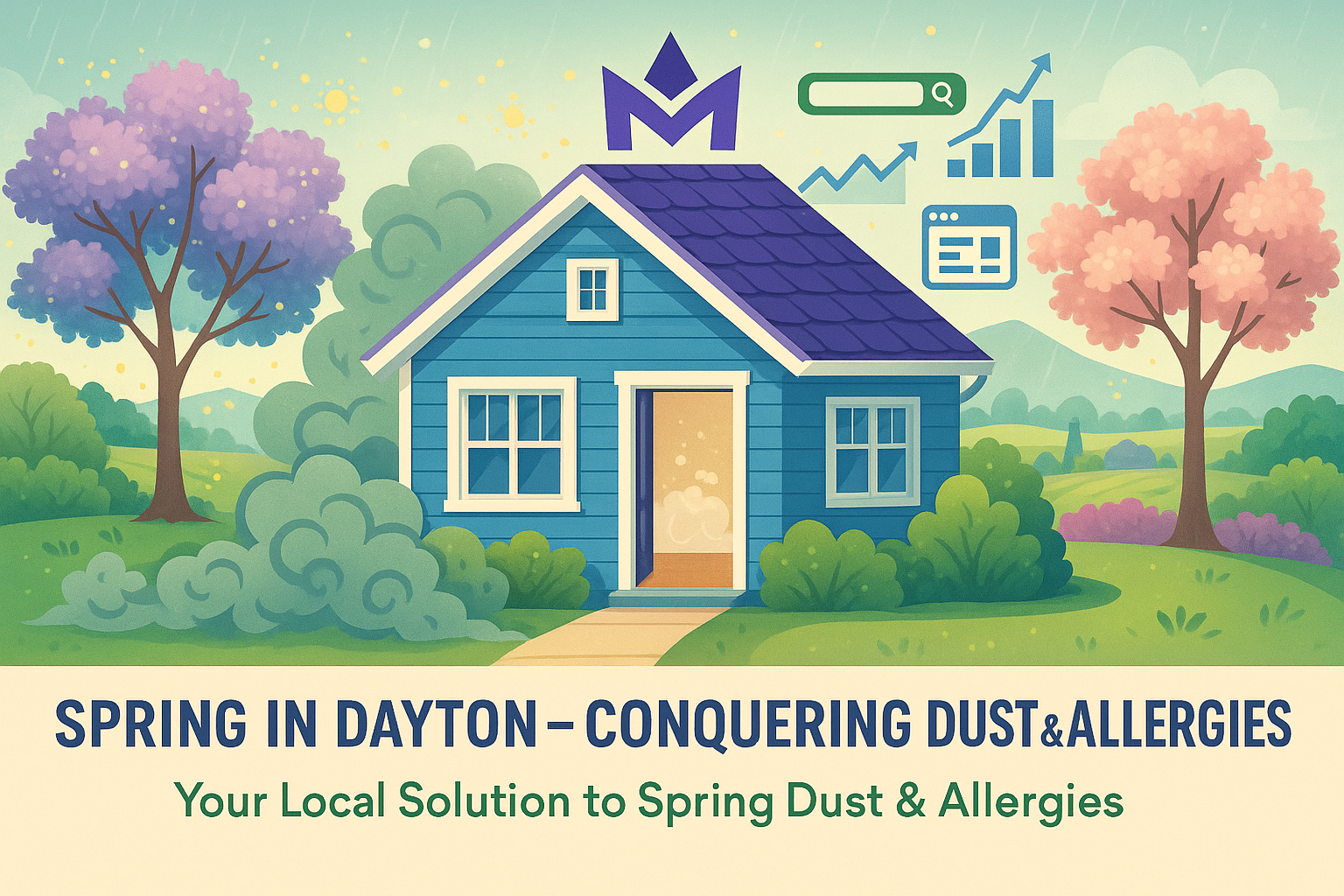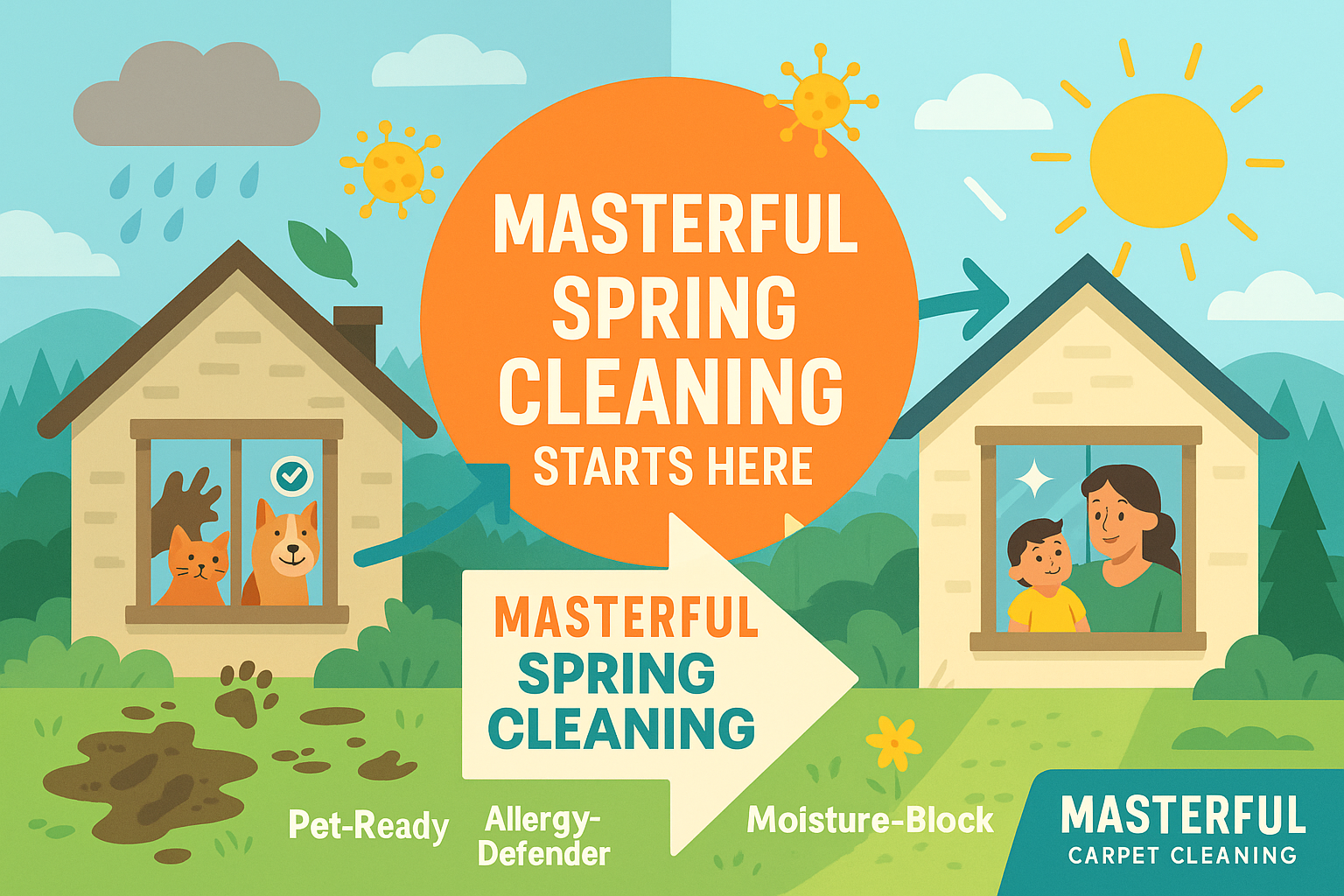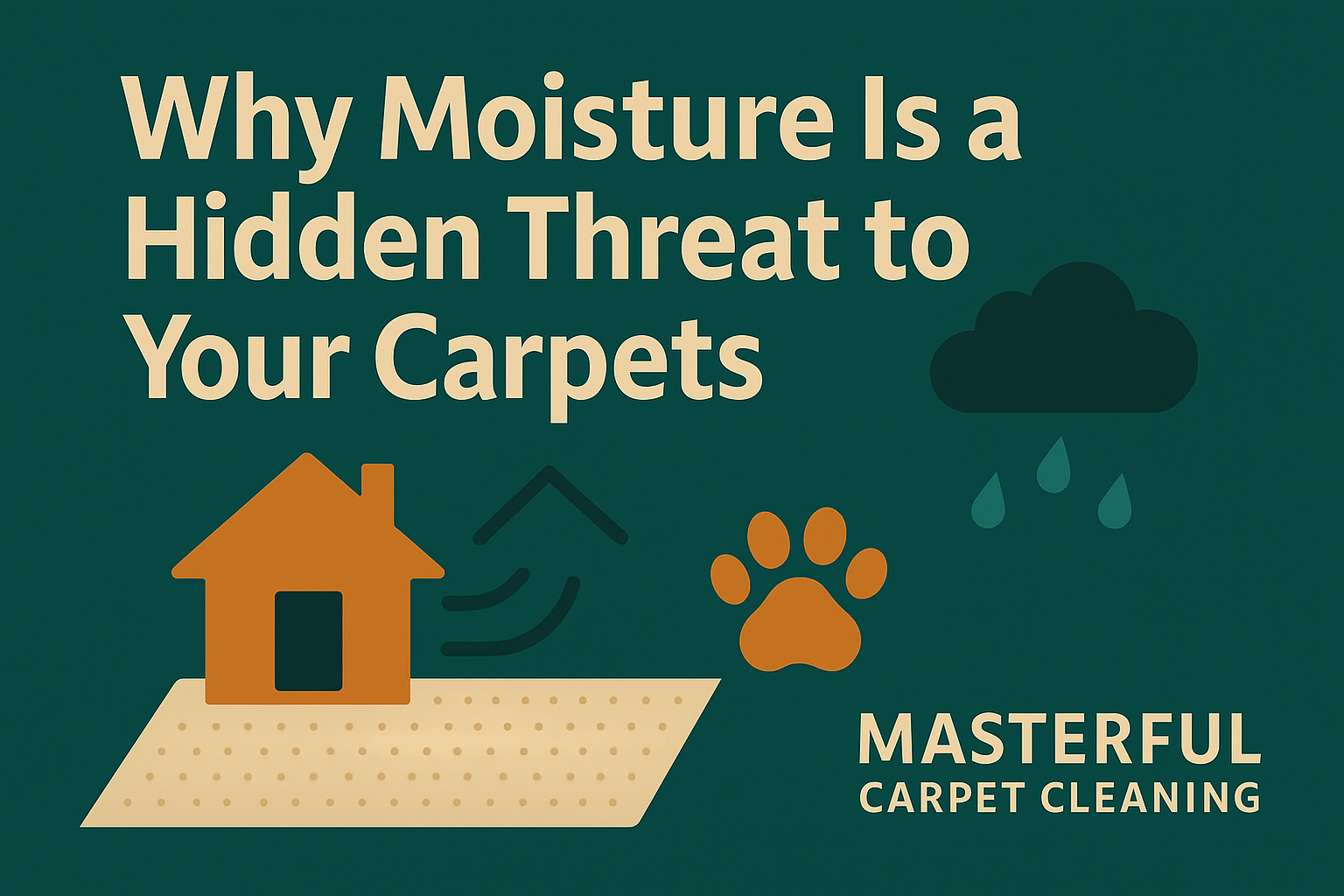Advanced Repair Techniques for Stubborn Carpet Stains

Carpets, integral to both the aesthetic appeal and the functional comfort of living spaces, often fall victim to various types of stains.
The presence of stains not only detracts from the visual beauty of carpets but also impacts their longevity. Stains arise from a myriad of sources, ranging from accidental spills to wear and tear, each requiring a specific approach for removal.
Understanding the science behind stain formation and the principles of effective removal is fundamental for maintaining the integrity and appearance of carpets.
Understanding Stain Composition and Carpet Fibers
Stains on carpets are the result of liquid absorption, chemical reactions, and dye bonding. When a substance spills or drops onto the carpet, its fibers absorb the liquid, causing a visible mark.
This process can be complicated if the substance reacts with the carpet fibers, altering their color, or if dyes in the substance bond with the fibers, making removal challenging. Different carpet fibers, such as nylon, polyester, or wool, respond variably to stains, necessitating tailored approaches for each type.
Importance of Prompt Action and Regular Maintenance
The adage “prevention is better than cure” aptly applies to carpet care. Regular maintenance, including consistent cleaning routines and immediate attention to spills, are important in preventing stain formation and ensuring a clean, hygienic environment.
Quick action post-spill prevents the stain from setting into the fibers, simplifying the removal process and averting potential permanent damage.
Effective Stain Removal Techniques: A Necessity for Carpet Longevity
Employing the right techniques and products for stain removal is essential. Various DIY methods leveraging common household items can be effective.
For example, a mixture of white vinegar and water serves as a powerful stain remover for many common stains. Baking soda, when combined with water to form a paste, is ideal for tough stains like red wine or coffee.
Hydrogen peroxide emerges as a versatile solution for a range of stains, including blood and ink. These techniques, when applied correctly, can successfully eliminate stains, restoring the carpet’s original beauty and extending its lifespan.
Eco-Friendly Options for Conscious Cleaning
These methods utilize natural ingredients that are both effective and safe for the environment. For example, lemon juice, with its natural bleaching properties, can remove stains and refresh carpets.
Club soda works well on fresh stains like wine or juice and cornstarch, a natural absorbent, effectively lifts grease and oil stains.
Advanced Techniques and Professional Services
While DIY methods are effective for many stains, some scenarios necessitate professional intervention.
Professional services employ advanced techniques and equipment like hot water extraction (steam cleaning), dry cleaning, and encapsulation, offering optimal results for even the most stubborn stains.
By entrusting professionals with stain removal, one can ensure not only the effective eradication of stains but also the preservation of carpet integrity.

Advanced Repair Techniques for Different Stain Types
Addressing Common Water-Based Stains
Water-based spills, including coffee, tea, wine, and juice, are frequent culprits of carpet stains.
These spills often contain colorants that lead to lasting discoloration. Key steps for addressing such stains include:
- Prompt Action: Act swiftly to prevent the stain from setting into the carpet fibers.
- Blotting Technique: Use a clean, white cloth or paper towel to gently blot the stain, working from the periphery towards the center.
- Cleaning Solution: Combine lukewarm water with a few drops of dish soap. Apply this mixture with a sponge and rinse by blotting with a clean, damp cloth.
- Patience and Care: Avoid vigorous scrubbing to prevent carpet fiber damage. Repeat the cleaning process if necessary.
Tackling Grease and Oil-Based Stains
Grease or oil-based stains, such as those from cooking oil, butter, or cosmetics, demand a distinct approach:
- Excess Removal: Use a blunt tool to scrape off as much grease or oil as possible.
- Solvent-Based Cleaners: Apply a carpet-safe, grease-cutting solvent with a cloth, dabbing gently. Always test the cleaner on a hidden carpet area first.
- Blot and Rinse: After the solvent has acted, blot with a clean cloth and rinse with a cloth dampened in lukewarm water.
Managing Pet-Related Stains
Pet-related stains present unique challenges:
- Solid Waste Removal: Use a bag or paper towel for solid waste removal, being careful not to press the waste deeper into the carpet.
- Blot and Clean: For liquid spills, blot with paper towels, then apply a mix of lukewarm water and dish soap with a sponge. Avoid excessive scrubbing.
- Odor Neutralization: Use pet-friendly deodorizers or a mix of white vinegar and water to neutralize odors. Test the product on an inconspicuous area first.
- Professional Assistance: For repeated pet accidents, professional carpet cleaning services can effectively eliminate stubborn odors and bacteria.
When to Seek Professional Carpet Cleaning Services
DIY methods are often sufficient, but certain situations require professional services:
- Deep-Set Stains: Stains that have penetrated deep into the carpet fibers and padding may need professional treatment, such as hot-water extraction.
- Persistent Odors: Professional cleaning and deodorization are recommended for stubborn odors.
- Delicate Materials: Carpets made from delicate materials like silk require special care and professional cleaning methods.
Addressing various types of stains on carpets requires specific techniques tailored to the nature of the stain and the carpet material.
From water-based spills to grease and pet-related stains, the right approach can make a significant difference in the effectiveness of stain removal.
In cases where DIY methods fall short, professional carpet cleaning services offer advanced solutions to restore the carpet’s original condition and extend its life.

Effectiveness of Advanced Techniques in Carpet Stain Removal
Understanding the chemistry behind cleaning agents is the key to effectively tackling stubborn carpet stains.
The pH level and chemical composition of cleaning solutions significantly affect their ability to dissolve and remove specific types of stains. This understanding allows for the tailored use of:
- Acidic Cleaners: These agents, with a pH level below 7, effectively remove mineral-based stains like rust and hard water deposits.
- Alkaline Cleaners: With a pH above 7, these cleaners are adept at breaking down organic-based stains such as grease, oil, and food.
- Amphoteric Cleaners: Containing both acidic and alkaline components, these cleaners are versatile for a wide range of stains.
- Surfactant-Based Cleaners: These lower water’s surface tension, enhancing its ability to penetrate carpet fibers and dissolve oily or greasy stains.
Specific Techniques for Stubborn Stains
Various stubborn stains require distinct methods for optimal removal:
- Blood Stains: Fresh stains need cold water and alkaline detergent, while dried blood benefits from enzyme-based cleaners.
- Red Wine Stains: Blotting excess wine, then applying a mixture of water and white vinegar, followed by a specialized cleaner, is effective.
- Ink Stains: Rubbing alcohol or isopropyl alcohol gently dabbed on the stain helps, with care taken to avoid spreading the ink.
- Pet Stains: Enzyme-based cleaners are ideal for breaking down Pet urine particles and neutralizing odors, with thorough rinsing needed to remove residues.
Impact of Carpet Fiber Types
The type of carpet fiber significantly influences the stain removal process, as different materials react differently to cleaning agents:
- Nylon Carpets: These require specific solutions and hot water extraction to prevent discoloration or damage.
- Polyester Carpets: Naturally stain-resistant, they’re more prone to oil-based stains and require low-moisture cleaning methods.
- Olefin (Polypropylene) Carpets: Easy to clean due to their stain resistance but sensitive to high temperatures.
- Wool Carpets: Need gentle, wool-friendly products and methods to prevent shrinking, color bleeding, or fiber damage.

Advantages of Professional Carpet Cleaning Services
Professional services offer significant benefits, particularly for larger or more persistent stains:
- Advanced Tools and Equipment: These enable more effective and efficient stain extraction than traditional home cleaning tools.
- Skilled Expertise: Professionals are trained in handling various stains on different carpet materials, ensuring optimal stain removal and minimizing carpet damage.
- Effective Cleaning Solutions: Access to powerful, environmentally friendly cleaning agents addresses specific stain types while protecting carpet fibers.
- Time and Effort Saved: Outsourcing to professionals saves the time and effort needed for research, experimentation, and clean-up, ensuring top-quality results.
Advanced techniques in carpet stain removal, underpinned by scientific principles and the correct understanding of carpet fiber types, dramatically increase the effectiveness of the cleaning process.
While DIY methods can address minor stains, professional carpet cleaning services, with their expertise and specialized equipment, offer substantial benefits for more challenging cases, ensuring optimal results and the longevity of carpets.

Common Mistakes and Misconceptions in Carpet Stain Removal
Mistakes to Avoid in Carpet Stain Removal
When it comes to removing stains from carpets, several common mistakes can worsen the situation rather than resolve it:
- Delay in Action: Not addressing the stain immediately can allow it to set deeper into the fibers, making removal more challenging.
- Improper Cleaning Solution Test: Failing to test the cleaning solution on a discreet area can risk the carpet’s color and integrity.
- Incorrect Cleaning Approach: Scrubbing or wiping stains, even gently, can spread the stain and damage the fibers. Blotting is the recommended method.
- Overuse of Water and Cleaning Agents: Excessive water can damage the carpet’s backing, and too much soap or cleaner leaves residue that attracts more dirt.
- Inadequate Rinsing: Not rinsing the cleaned spot properly after using detergents or stain removers can leave residues, causing re-staining.
- Inappropriate Drying Techniques: Air drying can lead to visible rings on the surface. It’s recommended to cover the cleaned spot with porous cloths and a heavy object to dry overnight.
Debunking Misconceptions in Carpet Cleaning
Several myths surrounding carpet cleaning can lead to inadequate care or damage:
- Vinegar as an All-Purpose Cleaner: While effective for certain stains, vinegar can damage certain carpet fibers, such as wool, and is ineffective for some stains like pet urine.
- Vacuuming Sufficiency: Regular vacuuming alone isn’t enough to keep carpets completely clean, as it doesn’t remove deeply embedded dirt or stains.
- Cost of Professional Cleaning: Contrary to the belief that it’s too expensive, professional carpet cleaning can be cost-effective in the long run, extending carpet life and improving air quality.
- Over-Cleaning Damage Myth: Regular cleaning does not damage carpets; it extends their life by removing dirt that breaks down fibers over time. Using the right methods and equipment is key.
- New Carpets Cleaning: New carpets also need cleaning due to dirt and debris from manufacturing and installation.
- Mold Growth Post-Cleaning: Properly cleaned carpets do not cause mold growth. Professional methods ensure quick drying to prevent mold.
Understanding and avoiding common mistakes in carpet stain removal is important for maintaining the carpet’s quality and appearance. Simultaneously, debunking prevalent myths about carpet cleaning can lead to more effective maintenance practices.
Employing the right techniques and considering professional services when necessary can significantly enhance the lifespan and appearance of carpets.
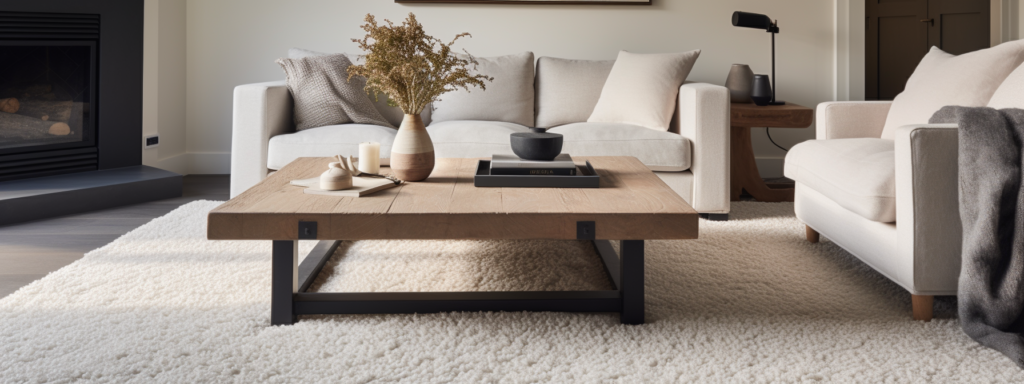
Best Practices for Maintaining Carpets Post-Stain Removal
Optimal Vacuuming Techniques
Effective vacuuming plays a pivotal role in carpet maintenance:
- Height Setting: Adjust the vacuum to the correct height to avoid damage to the carpet and the vacuum itself. The ideal height is where you feel the vacuum tugging itself forward.
- Frequency and Technique: Vacuum often to remove surface dirt. Vacuum slowly, especially over high-traffic areas, to ensure thorough dirt removal. Use the right speed to effectively extract ground-in dirt.
Utilizing Mats for Protection
Employ mats both inside and outside to limit the amount of dirt reaching the carpets:
- Indoor Mats: Use water-absorbent mats indoors to prevent moisture from affecting the carpets.
- Outdoor Mats: Place coarse mats outside entry doors to scrub off dirt from shoes.
Professional Carpet Cleaning
Consider professional cleaning for deep and effective maintenance:
- Equipment: Professionals use advanced tools like truck-mounted equipment for better cleaning and drying.
- Services Included: Standard cleaning packages should include furniture moving, vacuuming, spot removal, preconditioning, and deodorizing.
- Hot Water Extraction: This method, recommended by most carpet manufacturers, deeply cleans without leaving soap residue.
Precautions and Additional Tips
Follow these additional tips to maintain carpet longevity:
- Clean Filter: Ensure the vacuum’s bag or filter is clean for maximum efficiency.
- Pretreatment: Pretreat stains and high-traffic areas with a mild detergent solution.
- Furniture Care: Use protective materials under furniture to avoid stains on damp carpets.
- Avoid Over-wetting: Be cautious with DIY machines to prevent over-wetting, which can lead to mold and mildew.
- Drying: Allow the carpet to dry thoroughly before replacing furniture or walking on it to prevent mold growth.
- Regular Cleaning: Clean the carpet before it becomes visibly dirty to prevent more challenging and costly cleaning.
Maintaining carpets after stain removal involves more than just cleaning the affected area. It requires an ongoing commitment to regular vacuuming, using mats for dirt control, and occasionally employing professional cleaning services.
By adhering to these best practices, you can extend the life of your carpets, ensuring they remain a valuable and aesthetic part of your home environment.
Author
-

As the Co-Owner of Masterful, Randy has been providing quality cleaning services to the Salem and Portland areas of Oregon for many years. He has built a reputation for excellence in the industry. His team take prides in using the latest cleaning techniques and technologies to deliver exceptional results every time.
View all posts
